What is the tolerance range of precision screws?
What is the tolerance range of precision screws?
Service Hotline
+86760-8787 8587We have more than ten years of experience in screw industry production, the main products are: JIB1170 hexagonal slotted nut, 316 stainless steel, precision rivets, disc nut, multi-tooth anti-skid, hand-tightening adjustable set bolts, DIN7984 bolts, nylon column isolation column , Dongguan claw nut, slotted hexagonal nut, pipe clamp screw, wire cap 8 nut, semi-circular flat key pin, extended full-tooth screw, sheet-type pressure riveting parts and other fasteners, due to different product materials and specifications , the price is also different, please contact us if necessary.


A hand screw is a screw with a plastic head, and the user fixes the hand screw by turning the plastic head by hand. At present, a hand screw is disclosed in the market publication number CN202203253U, which includes a plastic head and a screw rod, the plastic head and the screw rod are connected together, and the height of the plastic head is higher than that of an ordinary screw, and the height is 13 cm. The screw of the hand screw is fixed in the plastic head by glue. After a period of use, the aging of the glue leads to the loosening of the screw and the plastic head. When the plastic head is stressed, the screw rod comes out of the plastic head, which affects the normal use of the hand screw.
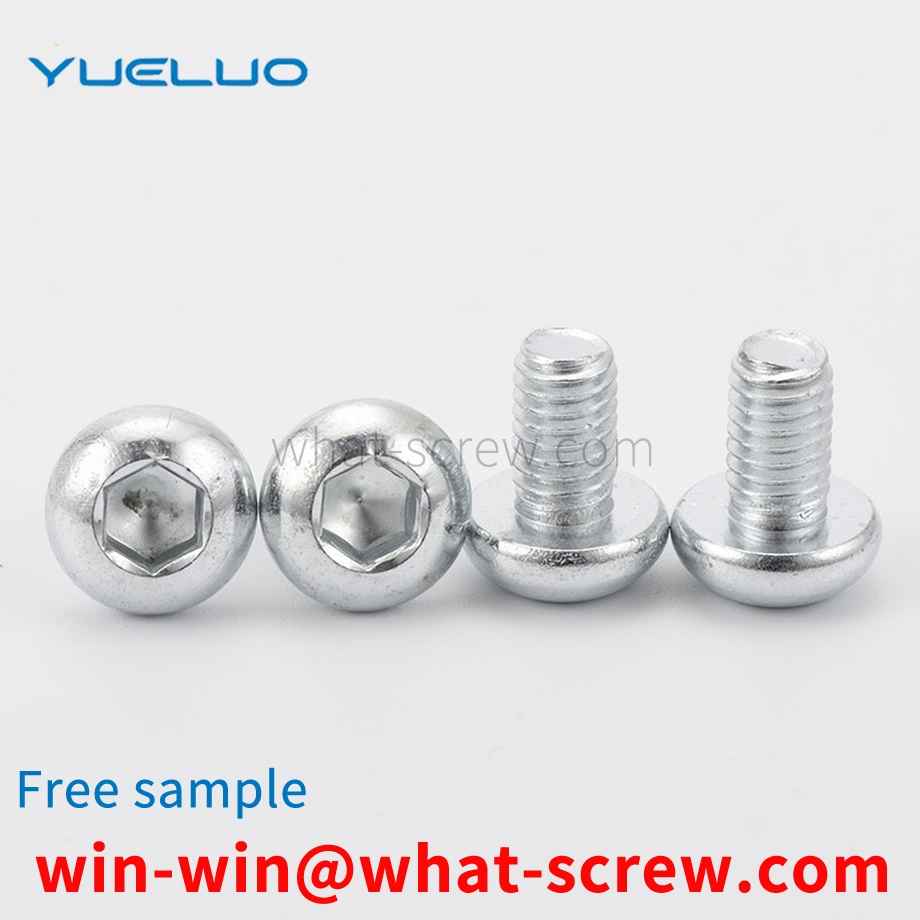
There are many names for screws in the scope of application. Everyone may have different names. Some people call them screws, some people call them screws, some people call them standard parts, and some people call them fasteners. Although there are so many names, but the meaning is the same, they are all screws. A screw is a generic term for a fastener. The principle of the screw is to use the physical and mathematical principles of the oblique circular rotation of the object and the friction force to gradually tighten the tool of the utensil. Screws are indispensable in daily life and industrial production, so screws are also known as the rice of industry. The scope of application of screws includes: electronic products, mechanical products, digital products, electrical equipment, electromechanical mechanical products. Ships, vehicles, hydraulic engineering, and even chemical experiments also use screws. There are many types of screws, whether it is a very small screw for glasses or a large screw for large heavy electrical engineering. The accuracy of screws is usually 6g (class 2, the American standard IFI is 2A teeth), and the rough screws used in construction projects are 1g. Screws are widely used, so the screw market is large, resulting in more manufacturers producing screws. When buyers choose a professional screw manufacturer, they need to understand some professional basic knowledge of screws, such as screw classification standard specification and American screw specification table.
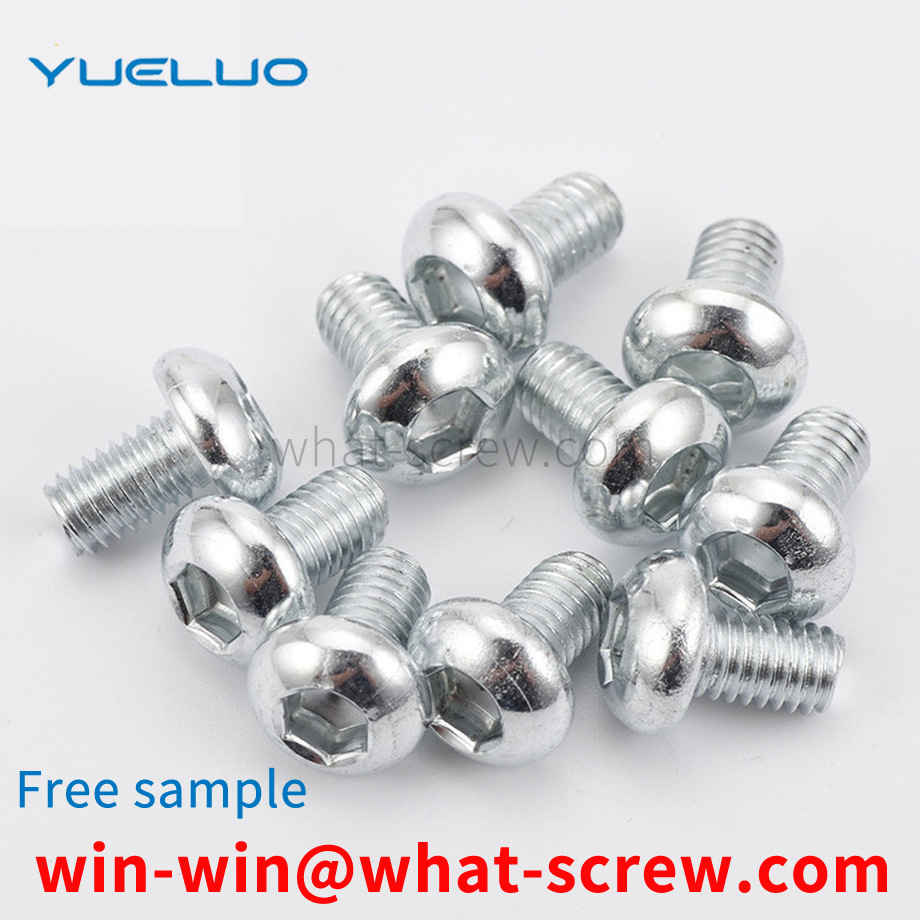
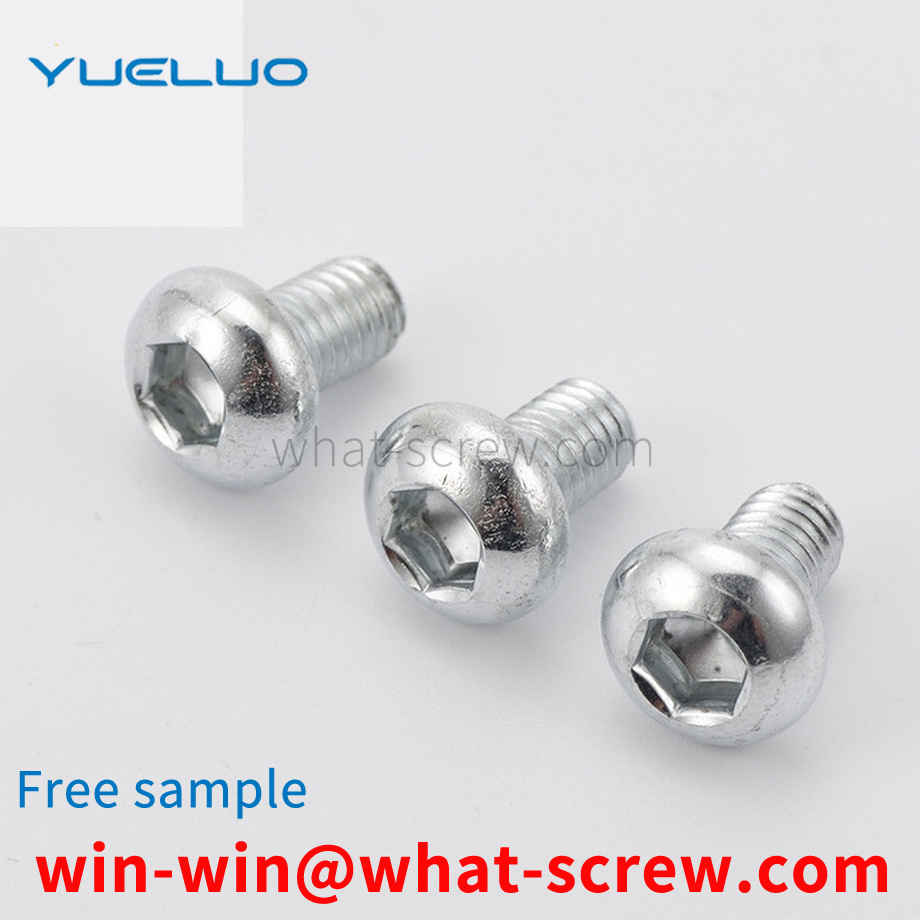
Screws and bolts are common connecting fasteners. The diameter of the thread is as small as less than one millimeter and as large as several hundred millimeters or even larger. The vast majority of threaded connections are pre-tightened during assembly in order to enhance the rigidity, tightness, anti-loosening ability of the connection and prevent the sliding of the bolted connection under lateral load. The pre-tightening force is determined according to the force of the bolt group and the working requirements of the connection. For important threaded connections, the preload must be measured and controlled.
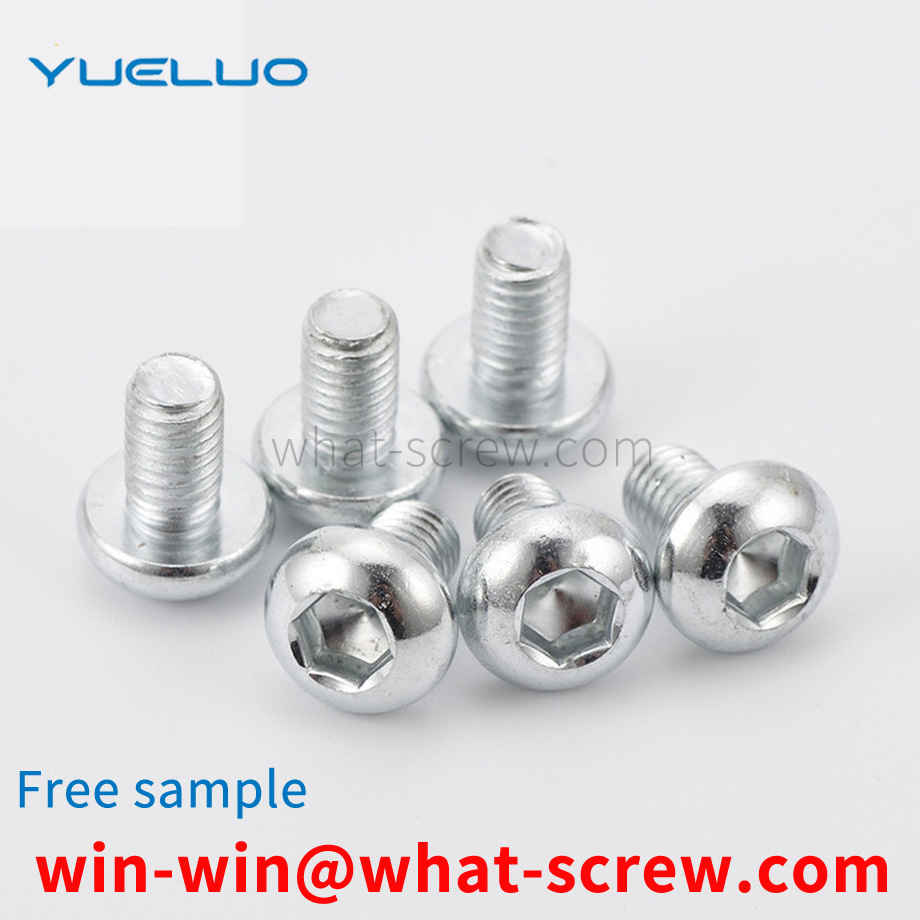
In addition, in the prior art, rivets are also used to riveted screws on metal plates. The rivets are nail-shaped objects with a cap at one end. In riveting, the riveted parts are connected by their own deformation or interference. When using rivets, it is necessary to set moderately sized positioning holes in the corresponding positions of the two metal plates, and the rivets directly penetrate into the positioning holes and then riveted. Because this riveting method does not require welding, it will leave a hole on the back of the metal plate. Therefore, in the prior art, the surfaces of the two metal plates after riveting are covered with a layer of smooth metal skin to cover the riveting marks, which will also increase the overall cost, including metal The cost of the skin and the increase in the manufacturing process, while the riveting process is limited, the connection between all metal plates cannot be universal.
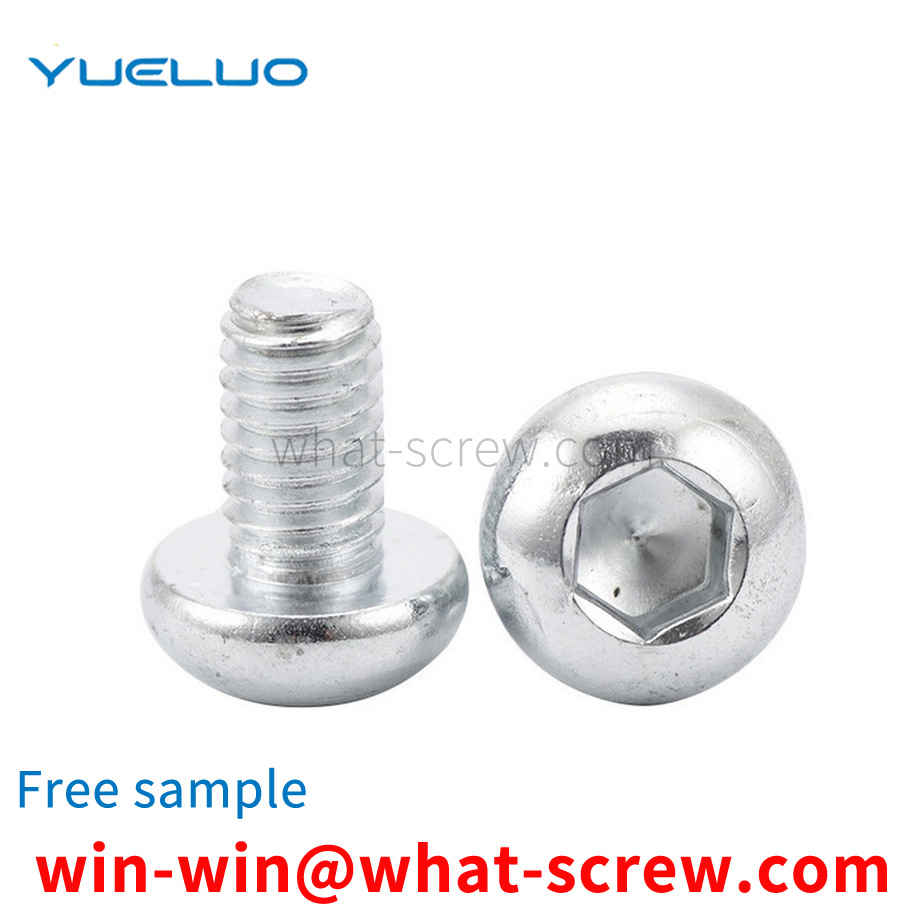
The above content is uploaded by Yueluo or the Internet. If there is any copyright issue, please contact [email protected].

What is the tolerance range of precision screws?

How to choose the right stainless steel screw manufacturer?

Why is there an R angle under the head of the hexagon head s...

We have more than ten years of production experience in the ...

We have more than ten years of experience in the production ...

We have more than ten years of experience in the production ...

We have more than ten years of experience in screw industry ...